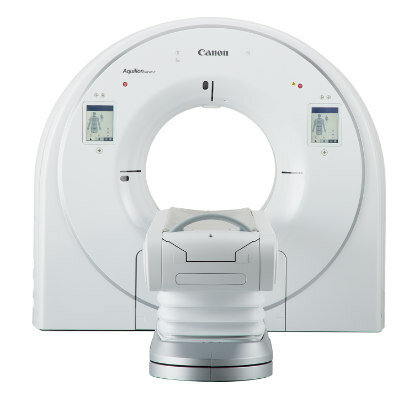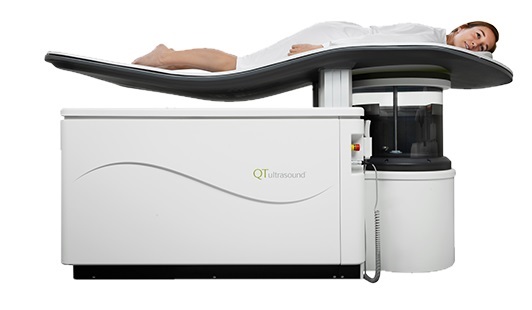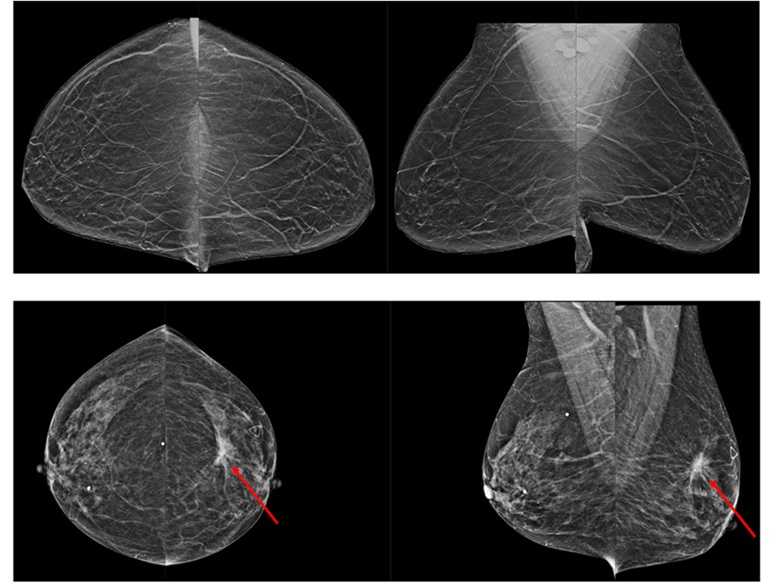Stereotactic Body Radiotherapy More Convenient, Perhaps Riskier Prostate Cancer Treatment
By MedImaging International staff writers
Posted on 26 Mar 2014
A more rapid and less expensive form of radiotherapy for treating prostate cancer may come with a higher risk of urinary complications. Posted on 26 Mar 2014
The standard external beam radiation therapy for prostate cancer is termed intensity-modulated radiation therapy (IMRT). SBRT is a newer treatment that delivers a greater dose of radiation per treatment than IMRT. Patients, as a result, receiving SBRT can finish a complete course of treatment in one to two weeks, compared to seven to nine weeks for IMRT. There have been few studies comparing the costs of these treatments, and their toxicity.
This new study, conducted by Yale School of Medicine (New Haven, CT, USA) investigators, published their findings online on March 10, 2014, in the Journal of Clinical Oncology. The researchers, from the Cancer Outcomes, Public Policy and Effectiveness Research (COPPER) Center at Yale Cancer Center, compared IMRT to SBRT in a national sample of 4,005 Medicare patients age 66 and older receiving prostate cancer treatment. Participants received either SBRT or IMRT as a principal treatment for prostate cancer during 2008 to 2011.
“All the reports we have about the toxicity of SBRT comes from pioneering institutions,” said first author James Yu, MD, assistant professor of therapeutic radiology at Yale Cancer Center. “But now that SBRT is being used nationally, it is important to determine the costs and complications on a national level.”
Dr. Yu, senior author Cary Gross, MD, and their colleagues found that the mean per-patient cost to Medicare for a course of SBRT was about US USD 13,600, compared to USD 21,000 for IMRT. The investigators discovered that at 24 months after the initiation of the treatment, there were increased side effects for SBRT compared to IMRT, due to urethral irritation, urinary incontinence, and obstruction. Even when including the cost of treating complications, however, the overall medical costs due to SBRT were still lower than that of IMRT.
“While these data are by no means definitive, our findings emphasize the need to carefully assess the impact of new cancer treatment technologies in actual practice,” concluded Dr. Gross, professor of internal medicine at Yale School of Medicine, and director of the Yale COPPER Center at Yale Cancer Center.
Related Links:
Yale School of Medicine














